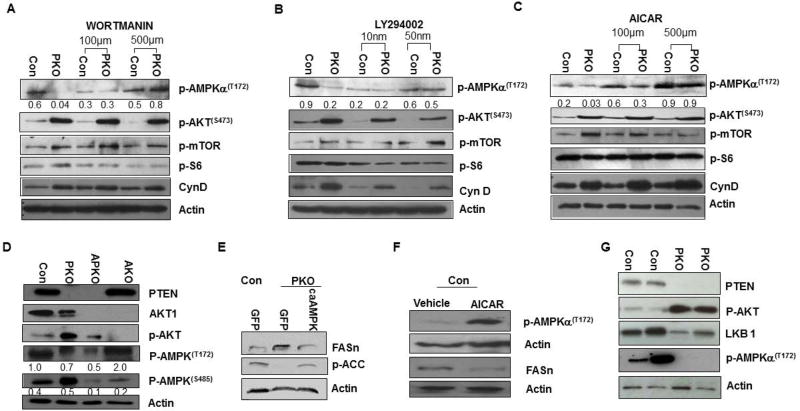Figure 1. Crosstalk of LKB1 and PTEN regulated signals controls hepatic lipogenesis.
A&B. Inhibition of PI3K signal by Wortmanin (A) and LY294002 (B) in Pten null hepatocytes restore downregulation of AMPK phosphorylation on T172 and its activation induced by PTEN loss. Con, control hepatocytes; PKO, Pten deleted hepatocytes. C. Activation of AMPK by AICAR treatment does not alter AKT signaling. D. The downregulation of AMPK due to PTEN loss is not mediated by AKT regulated phosphorylation of AMPK on S485. We used Pten null hepatocytes that also carry deletion of AKT1 (APKO) to address the role of AKT in the phosphorylation (T172) and activation of AMPK. Hepatocytes carrying Akt1 deletion (AKO) is also included as another control. Deletion of AKT1 led to downregulation of AMPK phosphorylation at S485 but did not alter its phosphorylation on T172 which indicates AMPK activity. E. Introduction of constitutively active AMPK (caAMPK) leads to downregulation of fatty acid synthase (FASn) and acetyl-CoA carboxylase (ACC) indicated by its phosphorylation. F. Activation of AMPK by AICAR treatment downregulates FASn. G. LKB downregulation by PTEN loss and AKT activation likely resulted in the inhibition of AMPK phosphorylation. Numbers below the gel image are densitometry quantification of the image shown.

